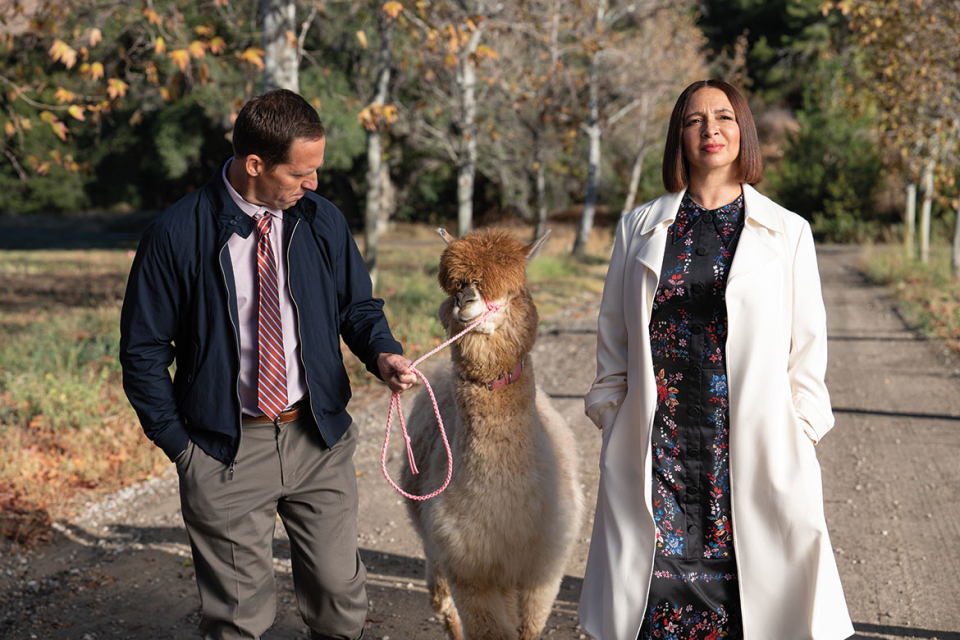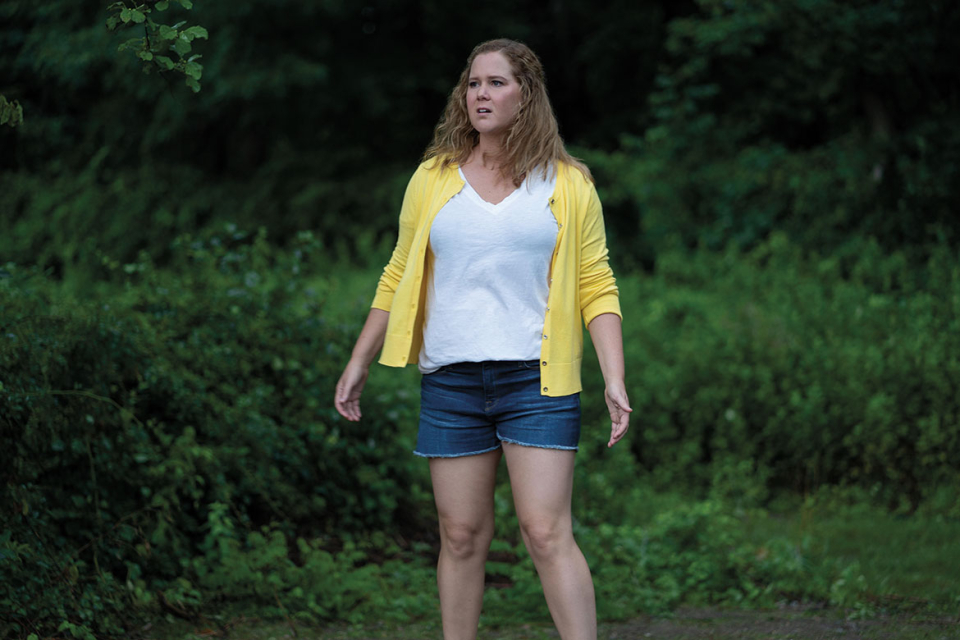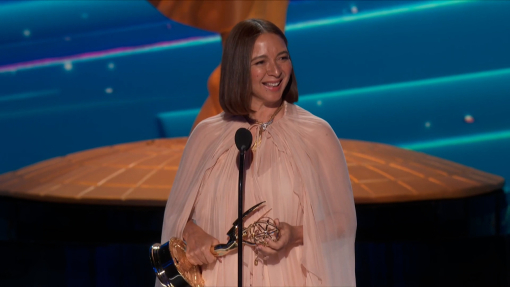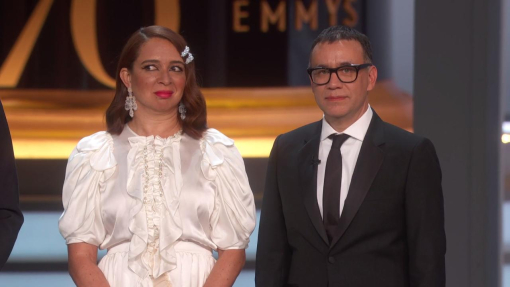Whether they snickered at Seinfeld or belly-laughed to black-ish, lovers of the modern TV comedy have expected their faves to follow the same format: three acts and two to four commercial breaks, all in twenty-two minutes. Until lately.
Thanks to streaming, the rules about how long a comedy should run have changed — perhaps for good. Take, for example, the Emmy-nominated Pen15, which finished its innovative second and final season on Hulu with episodes that varied in length — some at thirty-three minutes, some at thirty-six. HBO's Insecure wound down in season five with stories that lasted thirty or thirty-two minutes, and a forty-minute finale. All of Atlanta's third-season episodes on FX were at least thirty minutes, with some clocking in at thirty-six.
Though these series have wrapped (Atlanta is expected to drop its last episodes this fall), and all ring with dramatic moments that hardly resemble the sitcoms of decades past, they're a glimpse into a future where twenty-two minutes could seem as quaint as a Mayberry hoedown. Liberated from the need for commercial breaks, writers and producers are letting stories stretch to previously impossible lengths.
"Sometimes things need a little more time," says Emmy winner Maya Rudolph, star and executive producer of Apple TV+'s Loot. The inaugural ten episodes of that series range from twenty-seven to thirty-one minutes, with a thirty-four-minute finale. "That is a beautiful element of being able to stream," Rudolph says. "Each episode gets the amount of time that it needs, which is really a luxury."
Given more time, comedy creators are enjoying more flexibility in how they tell stories — and executives are happy to let them experiment. "It's creatively freeing to stretch the medium beyond the norms of traditional twenty-two-and-a-half-minute sitcom runtimes," Billy Rosenberg, head of comedy for Hulu Originals, says via email.
Rosenberg cites Hulu's Only Murders in the Building as an example of how added time lets modern comedies use elements of the tried-and-true episodic format, while also laying tracks for season-long arcs. (In season one, a few episodes of Murders hit the thirty-five-minute mark.) "This is a complex and sophisticated way of layering plot, character and humor," he says. "To also ask [creators] to fit these stories within a standard twenty-two-minute runtime would limit the creative possibilities of the storytelling."
Daniel Powell, an executive producer on Amy Schumer's Hulu dramedy Life & Beth, recalls the days at Comedy Central when runtimes had to be ultra-precise. "It had to be frame-accurate to twenty-one [minutes] with a thirty-second credit bed," says Powell, a cocreator of the cable network's Inside Amy Schumer. "Now there's less pressure to 'cut, cut, cut.' It's refreshing."
That said, today's freedoms still require some discipline. Meredith Scardino, creator and showrunner of Peacock's Girls5eva, says writers need parameters — like, say, eight episodes — and runtime is no different.
Most Girls5eva episodes are about twenty-eight minutes long, though a few exceed thirty. That is due, in part, to how viewers receive the material. "I feel like the sweet spot for comedy is about twenty-five to twenty-six minutes," Scardino says. "If you start getting too much further, especially in our joke-dense world, there's a bit of fatigue that sets in."
Producers also use plain old common sense. "You have to be mindful of what we can achieve," Scardino points out. "We try not to read episodes over thirty-five pages because then it's unwieldy to shoot. And I would never spring on the studio, 'Oh, by the way, we're doing this in Canada, and it's an hour and a half.' It's my job as the producer to know the amount of money and time you have."
Of course, decisions are made during editing, not just writing. Sometimes, Scardino says, the team will decide a scene is wearing out its welcome and they'll cut it to keep momentum. On the other hand, "When there's an emotional moment, we don't have to cut it down. We can let something sink in so that you feel for the [characters]. A lot of it comes down to how it feels."
Then there's the big picture: producers must consider the season arc as well as various character storylines when deciding on the length of individual episodes.
"We look at, 'Where do we start this episode? Where do we end?'" Powell says. "It's less about the length and more about: does this feel like a complete experience as an episode of television? Are you telling a complete and fulfilling story in that time? And does the time that you use justify the story you're telling?"
Certainly, runtimes are also informed by business needs. Back in the early 2000s, NBC's then-president Jeff Zucker ordered "supersized" episodes of Friends to keep viewers tuned in. That move ultimately yielded eleven episodes from seasons seven through ten. (The Office has some supersized episodes, too.)
But the experiment proved unruly, because of commercials, and also because of the havoc the extra minutes caused on DVRs. Powell recalls that Zucker "got a lot of pushback from the writers — they were like, 'It's not just about adding ten more minutes of content.' We have to work in a very rigid formula, not to mention WGA rules and rules at the Emmys tied to episodic length."
Though there's more room to play in now, nobody believes the network sitcom format is dead. Indeed, the success of ABC's Abbott Elementary — a twenty-two-minute sitcom that was an instant hit with viewers and critics alike — proves the format still has plenty of life. Ultimately, what counts is what has always counted: the quality of the story being told.
"There's so much content out there," Powell says. "If you don't grab viewers in the first handful of minutes, they have a million other things they can click away to. A lot of conversations are about how quickly we're driving to the key plot moments in the first episode to keep our audience."
This article originally appeared in emmy magazine issue #8, 2022, under the title "Who's Counting?"














